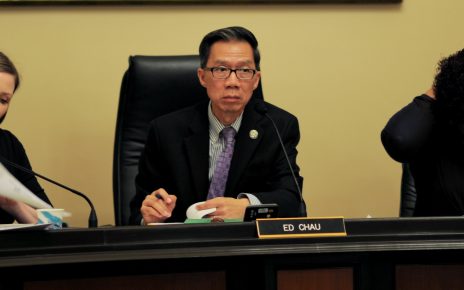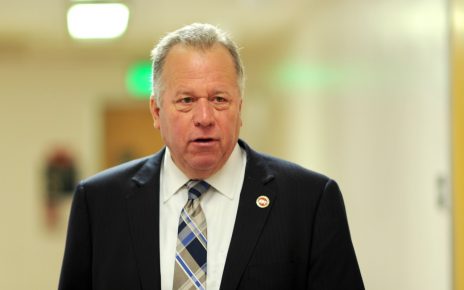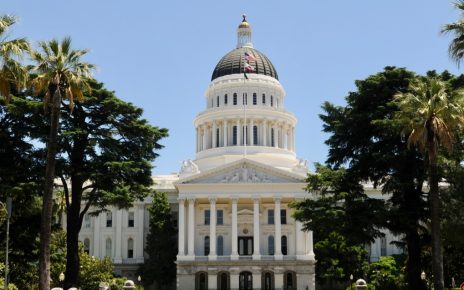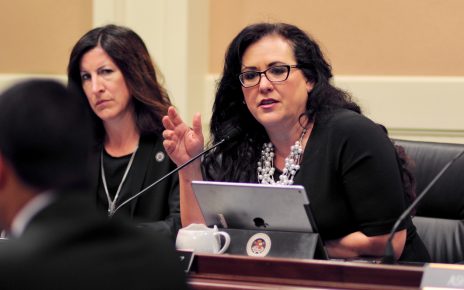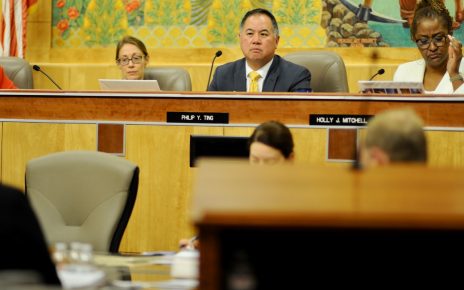AB 1391 Prohibits Unlawfully Obtained Data
On October 6, 2021, Governor Gavin Newsom signed into law Assembly Bill 1391 by Assemblyman Ed Chau (D-San Francisco), related to unlawfully obtained data. The bill adds Section 1724 to the Civil Code. The bill defines the following terms: “Authorized...

